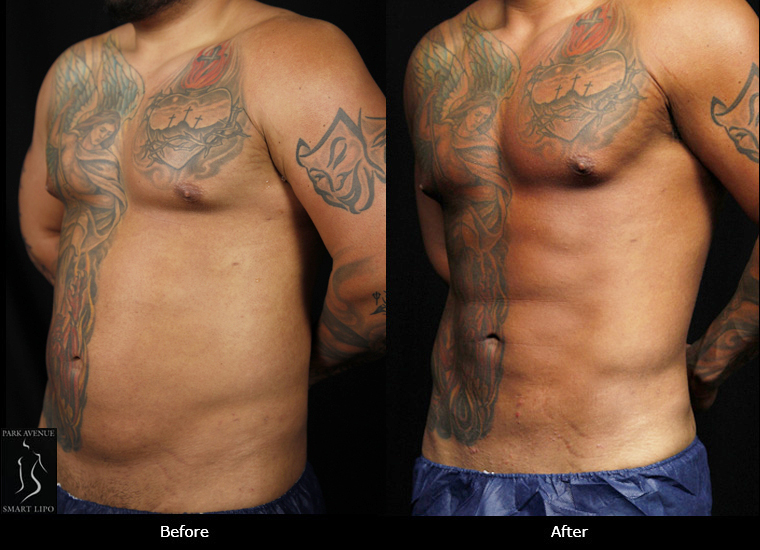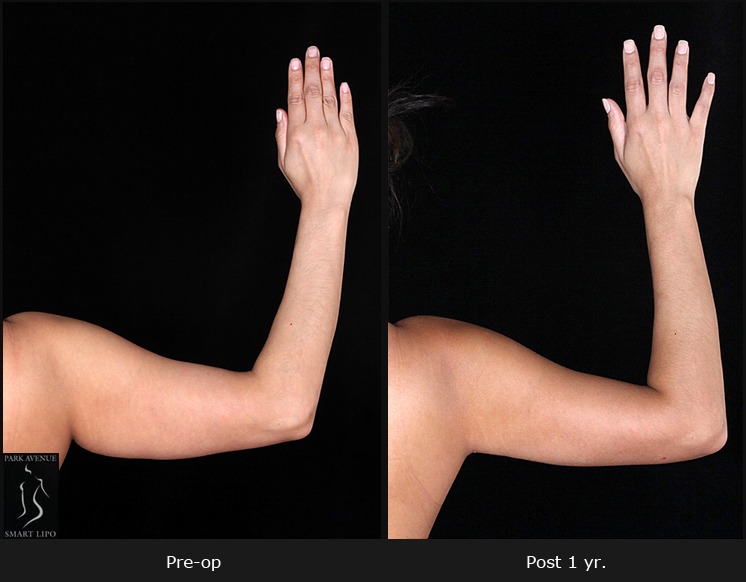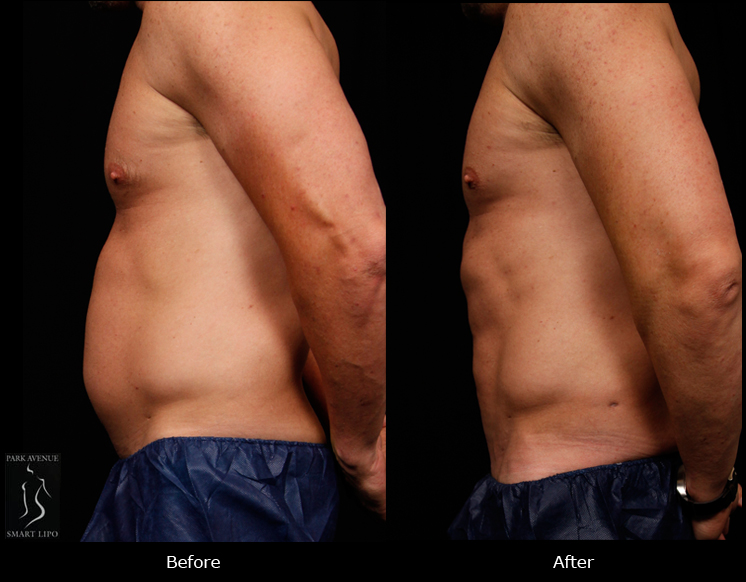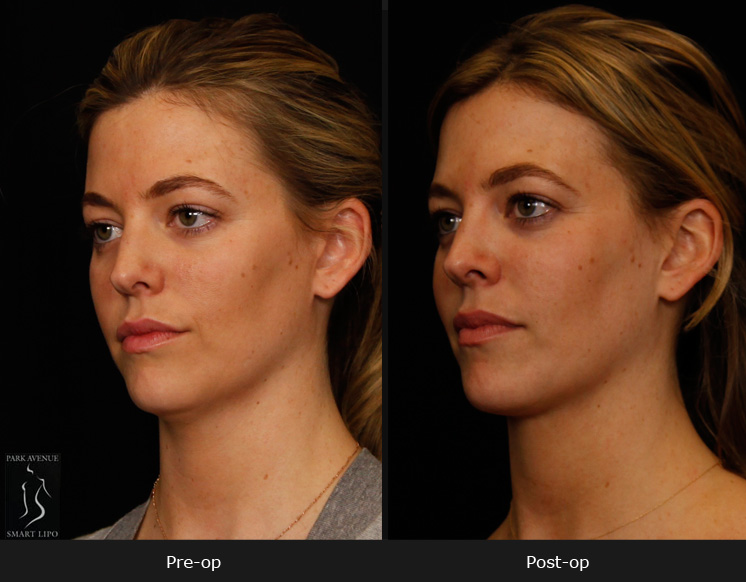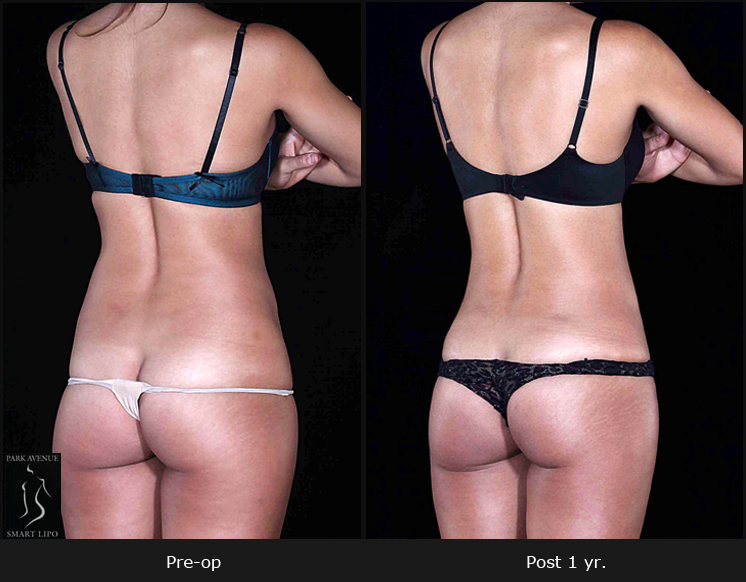Many people have aesthetic concerns about excess fat deposits around their knees. The accumulation of fat in this area could be due to aging, hormone imbalances, heredity, and weight increase, among other things. Most of the time, this fat is resistant to extreme diets and exercise routines. The best solution for this concern is knee liposuction in NYC. With this minimally invasive surgery, you benefit from knees that are beautiful and well-shaped with less pain, recovery time, and downtime.
Want to achieve beautifully shaped knees?
Understanding Knee Liposuction
Knee liposuction using Smartlipo tightens the loose skin for a better result while using laser light to liquefy the undesirable fat tissues so they can be suctioned out easily. It combines the advantages of several laser wavelengths (1440, 1064, and 1320 nm) into a single laser output for better outcomes. The procedure coagulates the tissues and tightens the skin to provide excellent knee contouring results. It carefully shapes the knee area and eliminates resistant fat to provide more defined knee caps, front knee structures, lower fibula area, calves, and shapelier legs.
Following the plastic surgeon’s instructions carefully after laser liposuction is important for a smooth recovery.
How to Recover Well from Knee Liposuction
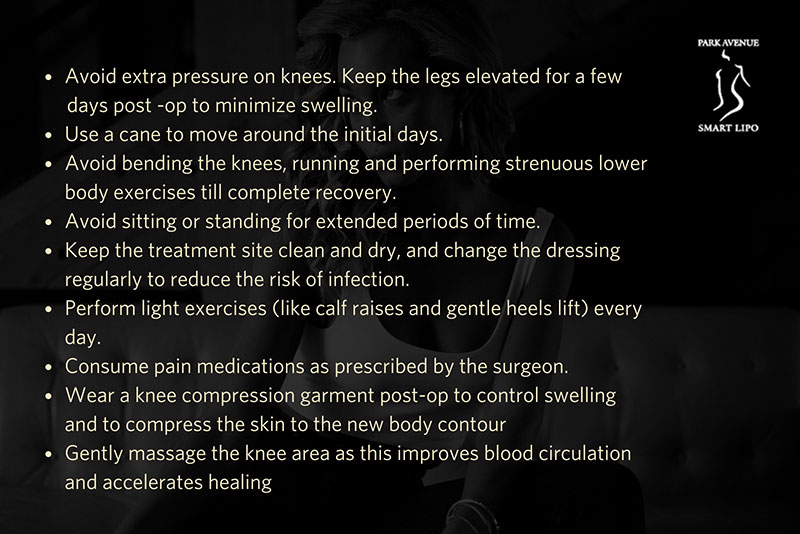
When compared to conventional liposuction, laser liposuction in NYC comes with minimal post-operative discomfort and most patients get back to their normal activities within a few days. Following your plastic surgeon’s instructions carefully is crucial to recover smoothly and get optimal results. Here are 5 post-operative tips for knee liposuction –
- Take rest for a few days as recommended by your plastic surgeon. This will reduce post-operative swelling. Also, take the prescribed pain medications.
- Keep your legs elevated for at least 1 – 2 days. Keep the treated site clean and dry, and change the dressing regularly to reduce the risk of infection.
- Wear the compression garment as advised to control swelling and compress the skin to fit the new knee contour.
- Avoid bending, running, high impact intense activities and lower body exercise for at least three weeks. Use a cane to move around during the initial days.
- Do light exercises like calf raises and heel lifts every day. Lightly massage the lower legs for a few minutes every day from the ankle towards the knee. This will help improve blood and lymphatic circulation in the area.
- Consume a balanced diet rich in vitamins and minerals to support healing. Include plenty of protein to help tissue repair.
- Drink plenty of water to flush out toxins and reduce swelling.
- To increase blood and lymphatic circulation in the area, give your lower legs a few minutes of light massages each day, working from the ankle to the knee.
Everybody recovers from knee liposuction differently, and the amount of time it takes to recover depends on a variety of factors, such as the technique employed, your post-operative self-care routine, your overall health, and other considerations. In order to ensure a rapid and healthy recovery and to prevent problems, you must adhere to your surgeon’s instructions.
Read our post, Everything You Should Know about Knee Liposuction
If you are planning to get knee liposuction in NYC, choose an AAAASF-accredited plastic surgery practice. Plastic surgeons in such practices are skilled in using Smartlipo technology to perform the procedure. In a reliable practice, you can expect end-to-end care and support throughout the liposuction treatment and recovery period.
Don’t wait to get the sculpted knees you’ve always wanted!
Call us today at 212-265-2724


